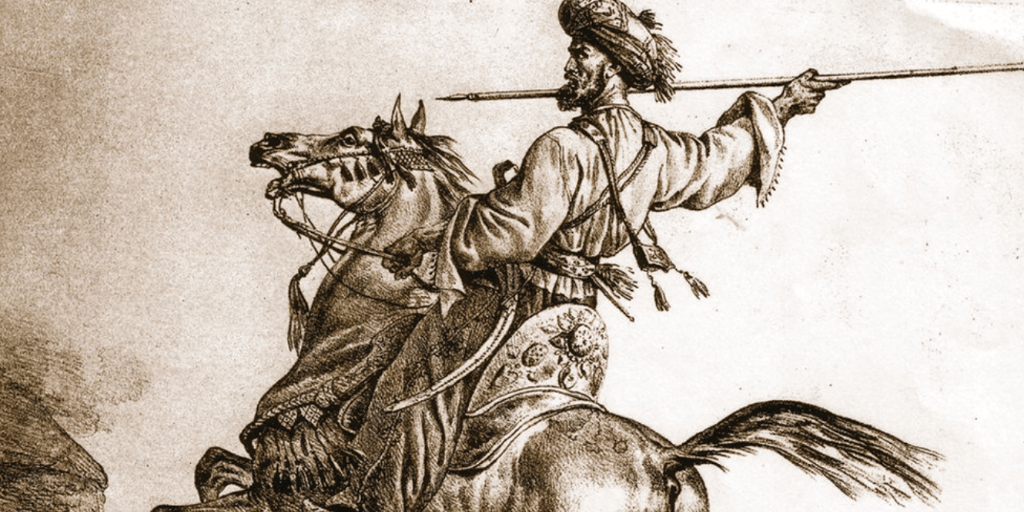Very few have not heard of them, for the Mamlūks are a daunting, elusive non-elite that demarcated Egypt’s medieval years, defining the era with prolific intent. Their story is one of cultural dysphoria and blood, of how men once delegated to the battlefield overthrew their Ayyubid masters, the Mongols, and European Crusaders in a fell swoop that birthed a three-century reign over Egypt. As a term, mamlūk bears a simple linguistic meaning: ‘one who is owned.’ Granted context, it’s an expression that connotes “subordinance, obedience, and servitude.” The Mamlūks were not native to Egypt or Syria; they were brought in from Qipchak Turkey, Central Asia, and Eastern Europe by caliphs. Bahri Mamlūks were southern Russian in origin, while the Burgi were Circassians from the Caucasus. At their most elemental, Mamlūks started off slave-soldiers as per a 1977 JSTOR article by academic Stephen Humphreys; yet they became indispensable to Muslim armies and Islamic civilization at the time. The practice itself surfaced in Baghdad, Iraq, under the command of Abbasid Caliph al-Mu’tasim around the ninth century AD, and spread rapidly across the region soon after. Boys as young as 13 were taken…



